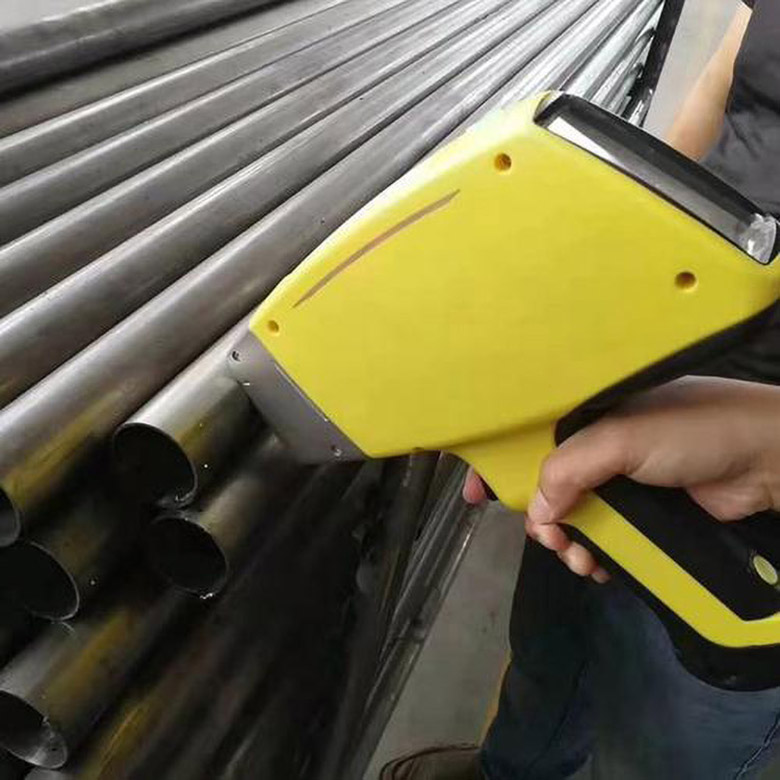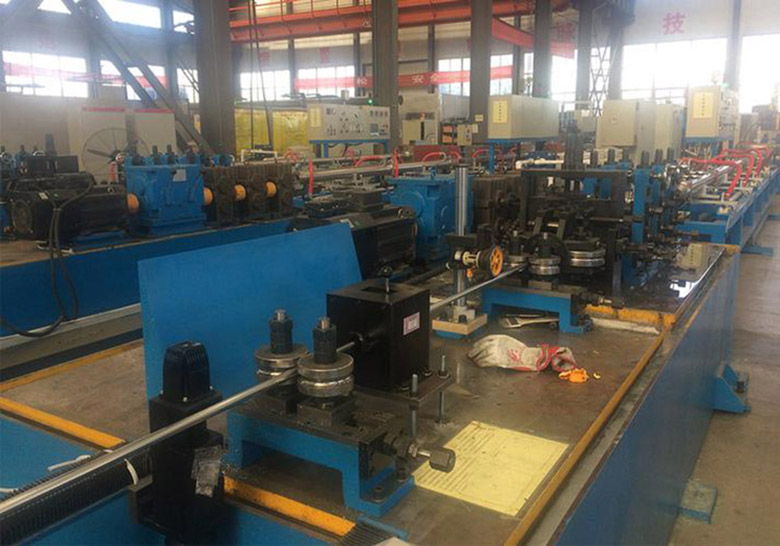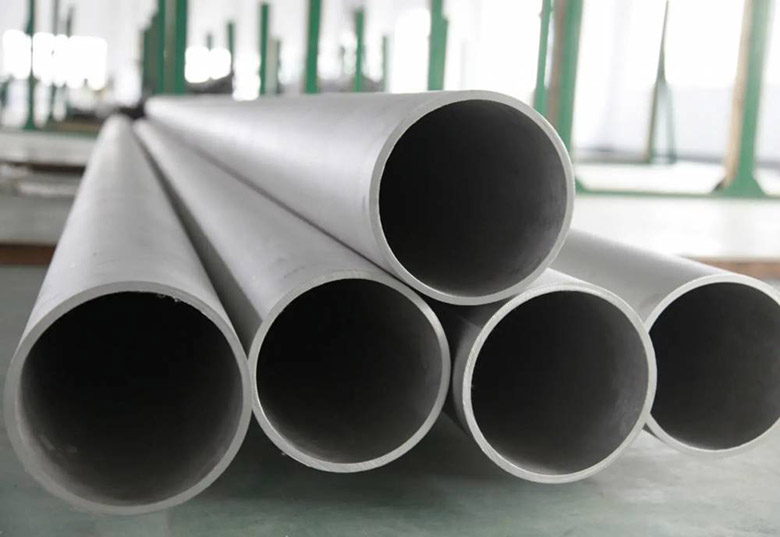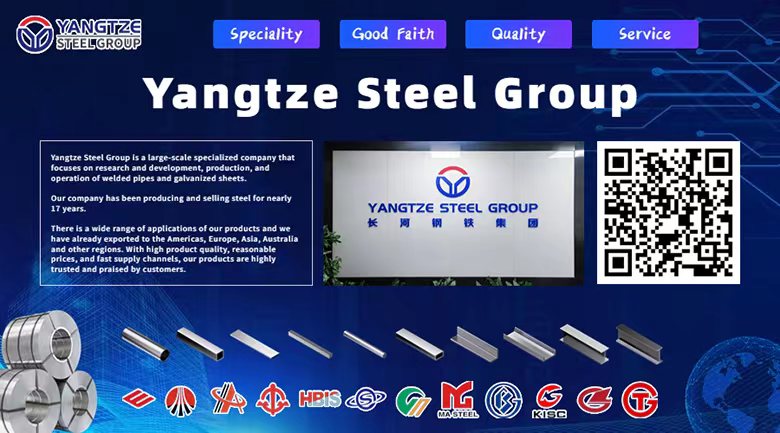Hardness testing of seamless steel pipes
The hardness testing of stainless steel should consider its mechanical properties, which are related to the performance and quality of deformation, stamping, cutting and other processing using stainless steel as raw material. Therefore, all seamless steel pipes need to undergo mechanical property testing. There are two main types of mechanical performance testing methods, one is tensile testing, and the other is hardness testing. try
Hardness testing

Tensile test is the process of making seamless steel pipes into test specimens, pulling them to fracture on a tensile testing machine, and then measuring one or several mechanical properties. Usually, only tensile strength, yield strength, elongation after fracture, and reduction of area are measured. Tensile testing is the most basic method for testing the mechanical properties of metal materials. Almost all metal materials, as long as there are requirements for mechanical properties, have specified tensile testing. Especially for materials with shapes that are not convenient for hardness testing, tensile testing has become the only means of testing mechanical properties.

Hardness testing is the process of slowly pressing a hard indenter into the surface of a specimen under specified conditions, and then testing the depth or size of the indentation to determine the hardness of the material. Hardness testing is the simplest, fastest, and easiest method to implement in material mechanical performance testing. Hardness testing is non-destructive, and there is an approximate conversion relationship between material hardness values and tensile strength values. The hardness value of materials can be converted into tensile strength value, which has great practical significance.

Due to the inconvenience of tensile testing and the convenience of converting hardness to strength, more and more people only test material hardness and less test its strength. Especially due to the continuous progress and innovation of hardness tester manufacturing technology, some materials that were previously unable to directly test hardness, such as seamless steel pipes, stainless steel plates, and stainless steel strips, are now possible to directly test hardness.









